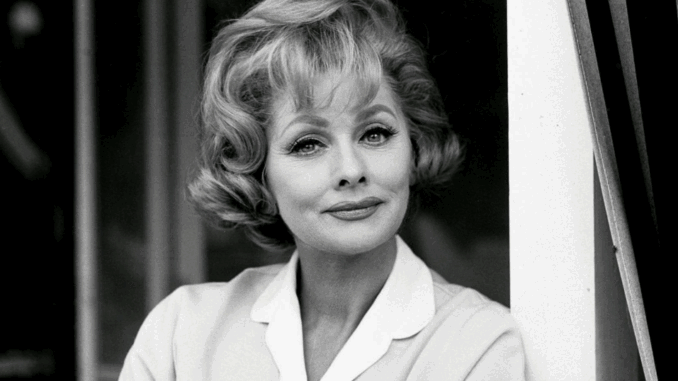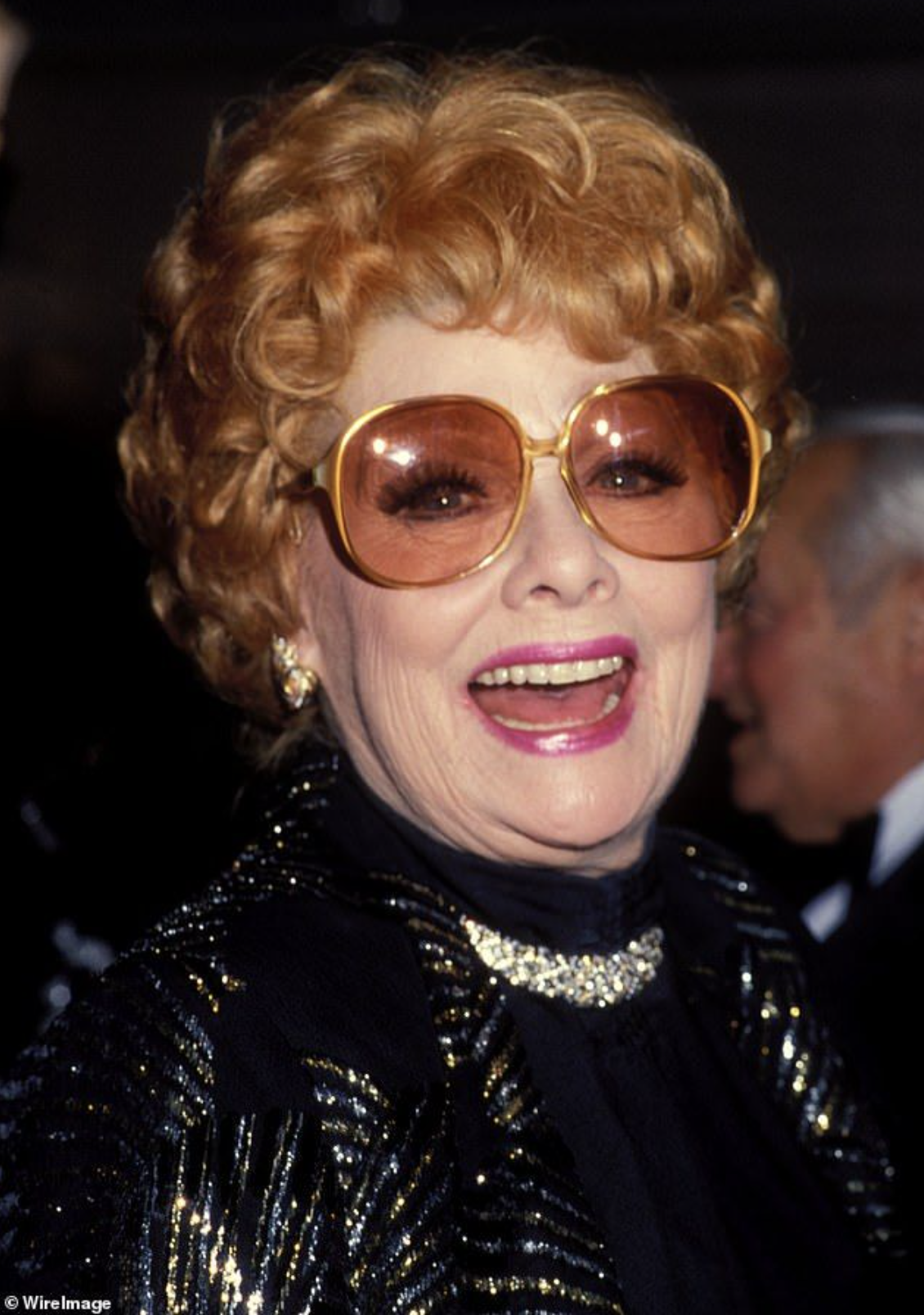
Before streaming, before even color TV, one woman was a comedic genius and a business visionary who completely reshaped television. Lucille Ball, with I Love Lucy, wasn’t just making people laugh; she was fearlessly breaking barriers in the buttoned-up 1950s.
Her groundbreaking decisions, often alongside her brilliant husband Desi Arnaz, laid the foundation for how TV shows are made and watched even today. Here are 5 ways Lucy blew up 1950s television:
1. Real-Life Pregnancy On-Air
In an era where the word “pregnant” was censored, Lucy (and Desi) insisted her real-life pregnancy be written into the show. This was unprecedented. Viewers watched Lucy’s belly grow, and the episodes were a massive hit, proving audiences were ready for more realistic storylines.
2. Pioneering the Multi-Camera Shoot
Desi Arnaz revolutionized TV production by developing the three-camera film setup still used for sitcoms today. This allowed for better quality, seamless editing, and the vibrant energy of a live studio audience, a huge leap from shaky live broadcasts.
3. Owning Their Own Show
Against the norm, Desi Arnaz pushed for Desilu Productions to own I Love Lucy. This gave them creative control and, crucially, ownership of the rerun rights. This made Lucy a powerful TV mogul and showed Hollywood the incredible financial power of content ownership.
4. Casting an Interracial Couple
In a segregated era, Lucy insisted her real-life Cuban-American husband, Desi Arnaz, play her on-screen husband. Networks were hesitant, but Lucy stood firm. Their loving, funny portrayal of an interracial couple was a quiet but powerful act of representation that resonated nationwide.
5. Building a Hollywood Studio Empire
The success of I Love Lucy filming in Hollywood led Desilu to buy the RKO studio lot. This made Lucille Ball the first woman to head a major Hollywood studio, and her studio produced iconic shows like Star Trek and Mission: Impossible.
Lucille Ball was a true trailblazer. Her comedic brilliance was matched only by her business acumen and her daring vision, leaving an indelible mark on television that continues to influence what we watch today.

